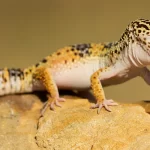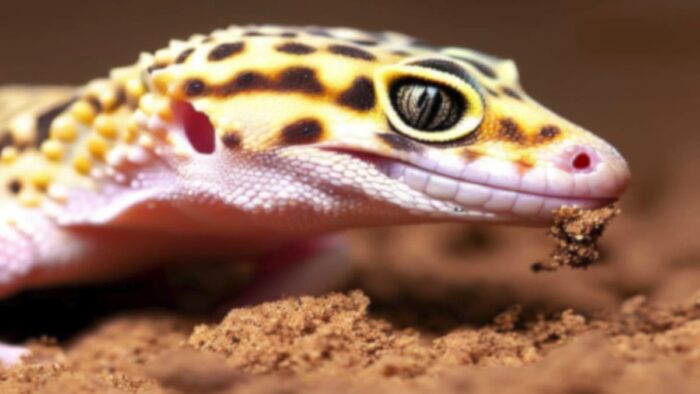
Diet Management, Feeding Habits
Importance of Calcium in the Diet of Leopard Geckos
One of the most common types of lizards kept as pets in captivity are leopard geckos. With the right care, …
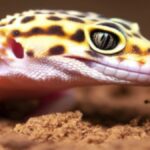
Diet Management, Feeding Habits
Importance of Calcium in the Diet of Leopard Geckos
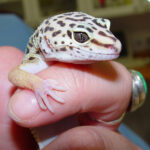
Care Guidelines, Handling Safety
Dealing with Leopard Gecko Bites- Prevention and Treatment Measures
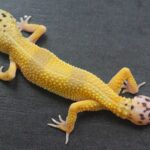
Injury Care
Leopard Geckos Tail Injuries Causes and Remedies
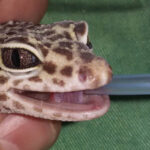
Health Maintenance, Nutritional Needs
Nutritional support for Leopard geckos
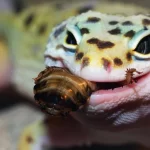
Diet Management, Insect Feeding
Feeding Dubia roaches to Leopard geckos
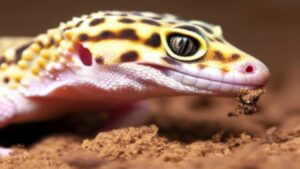
Importance of Calcium in the Diet of Leopard Geckos
admin
One of the most common types of lizards kept as pets in captivity are leopard …
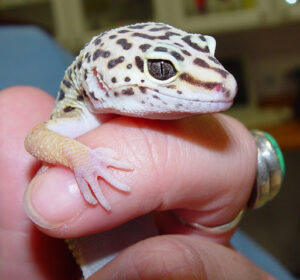
Dealing with Leopard Gecko Bites- Prevention and Treatment Measures
admin
Leopard geckos (Eublepharis macularius) are popular pet lizards known for their docile temperaments. However, like …
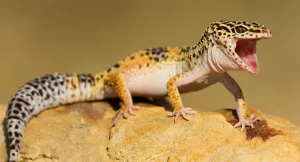
Leopard Gecko Habitats Effective Disinfection Techniques
admin
Leopard geckos make great pets for beginner and experienced reptile owners alike. These docile lizards …
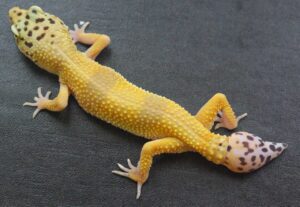
Leopard Geckos Tail Injuries Causes and Remedies
admin
Popular as house pets, leopard geckos are prized for their small size, easy maintenance, and …
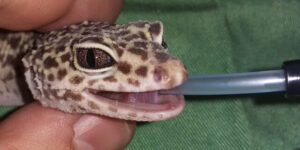
Nutritional support for Leopard geckos
admin
This article is tagged to be infromative to veterinarians too. The information is not a …
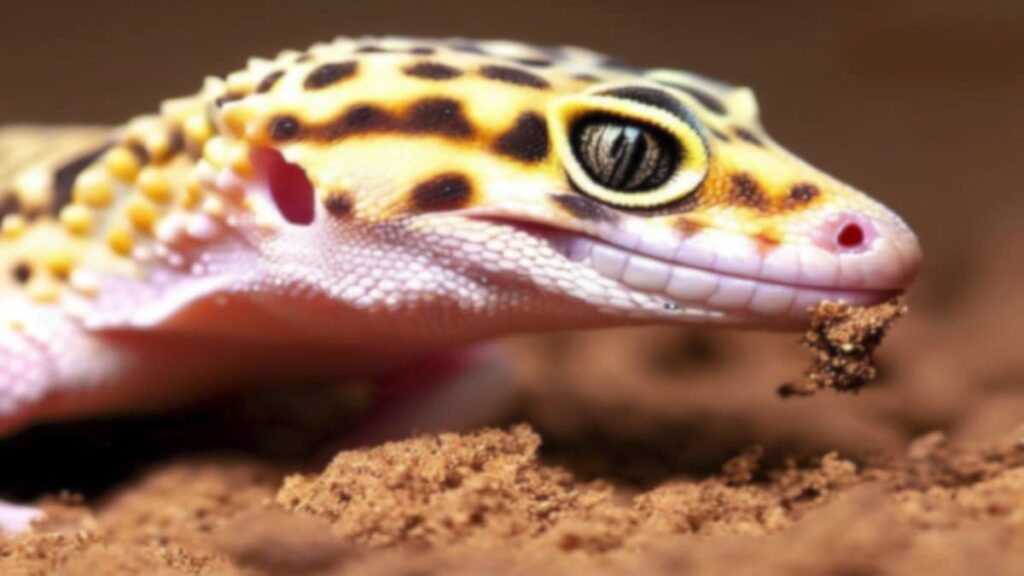
Importance of Calcium in the Diet of Leopard Geckos
One of the most common types of lizards kept as pets in captivity are leopard …
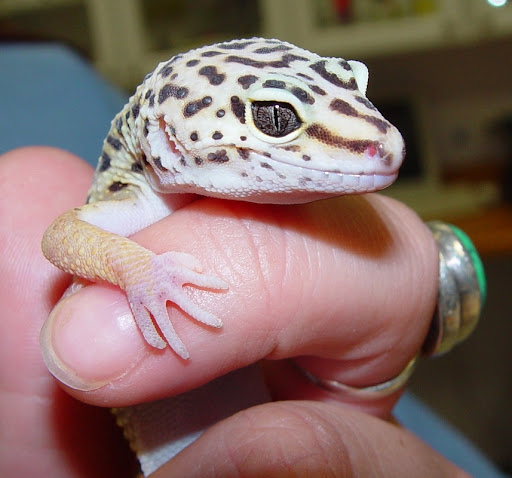
Dealing with Leopard Gecko Bites- Prevention and Treatment Measures
Leopard geckos (Eublepharis macularius) are popular pet lizards known for their docile temperaments. However, like …

